| Your browser is not supported. | ||
|
Please browse our site using any of the following options:
| ||
Everything you need to know about Estuary Fishing with Hard-Body Lures
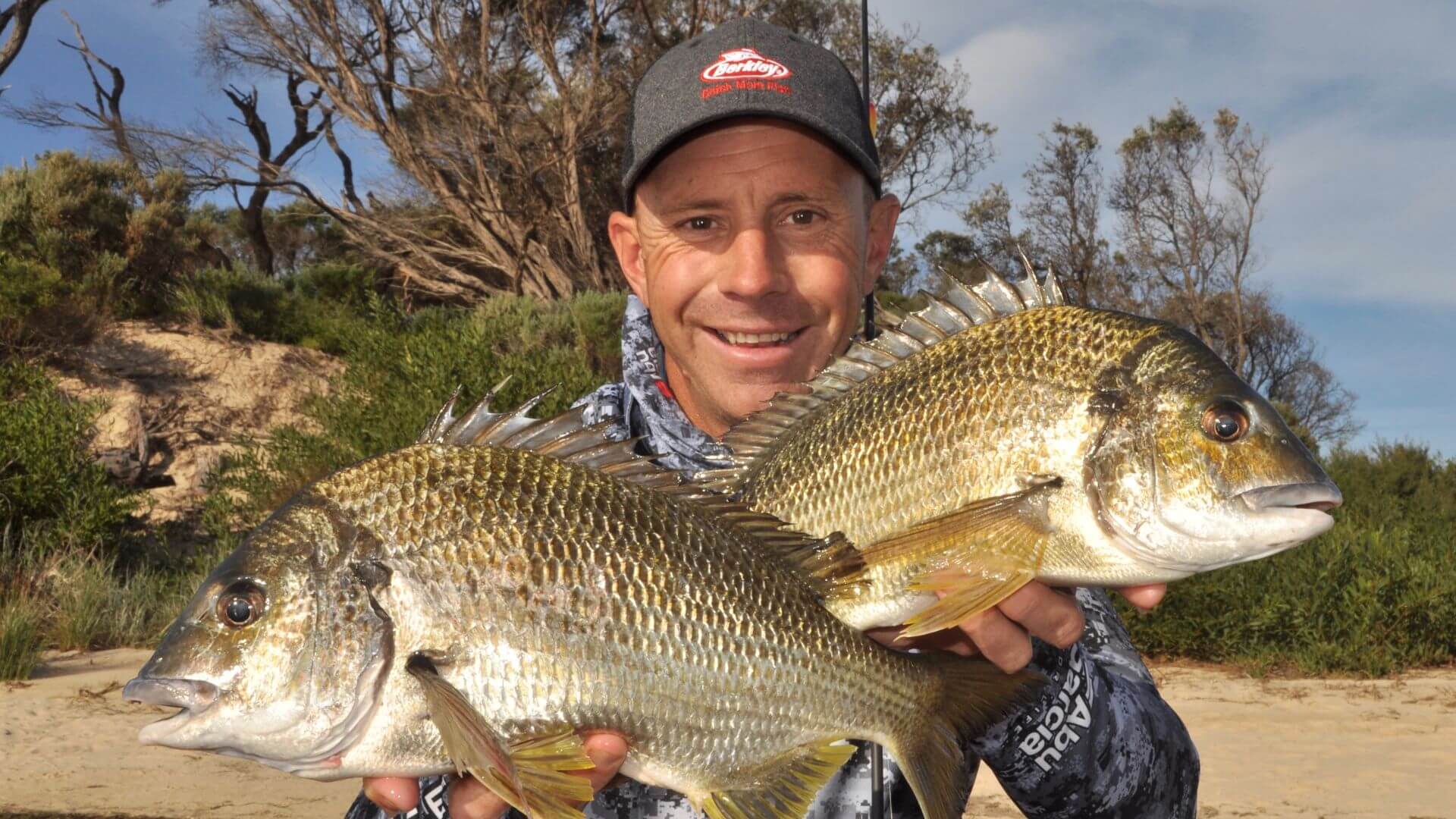
Tackling any estuary system exclusively with hardbody lures is an exciting prospect. Irrespective of the location, visualising that first hook up certainly to get the juices flowing. Arriving high on expectation, our enthusiasm and emotions can soon come crashing down, however, when those first few hours of non-stop casting fail to induce a strike... That wasn't the start we envisaged! Cursing for leaving the bait pump behind and on the cusp of resorting to a packet of frozen prawns, we begin to wonder whether these high-tech fancy artificials are all show and no go. Sound familiar? I reckon we've all been here at some point.
On the flip side, many of the mysteries surrounding light tackle lure casting begin to unfold quite quickly with a general understanding of some basic concepts, i.e. the different types of hardbody lures and some guidance in terms of where to cast and how to bring these lures to life. Likewise, recognising some of the elements that trigger southern estuary species to feed also helps us to narrow down the key target areas. For the purpose of this article, let's assume we're primarily chasing bream (both southern black and eastern yellow-fin varieties) but also hope to cross paths with dusky flathead and estuary perch, within sheltered tidal estuaries, rivers, creeks and inlets.
Tackle and Equipment
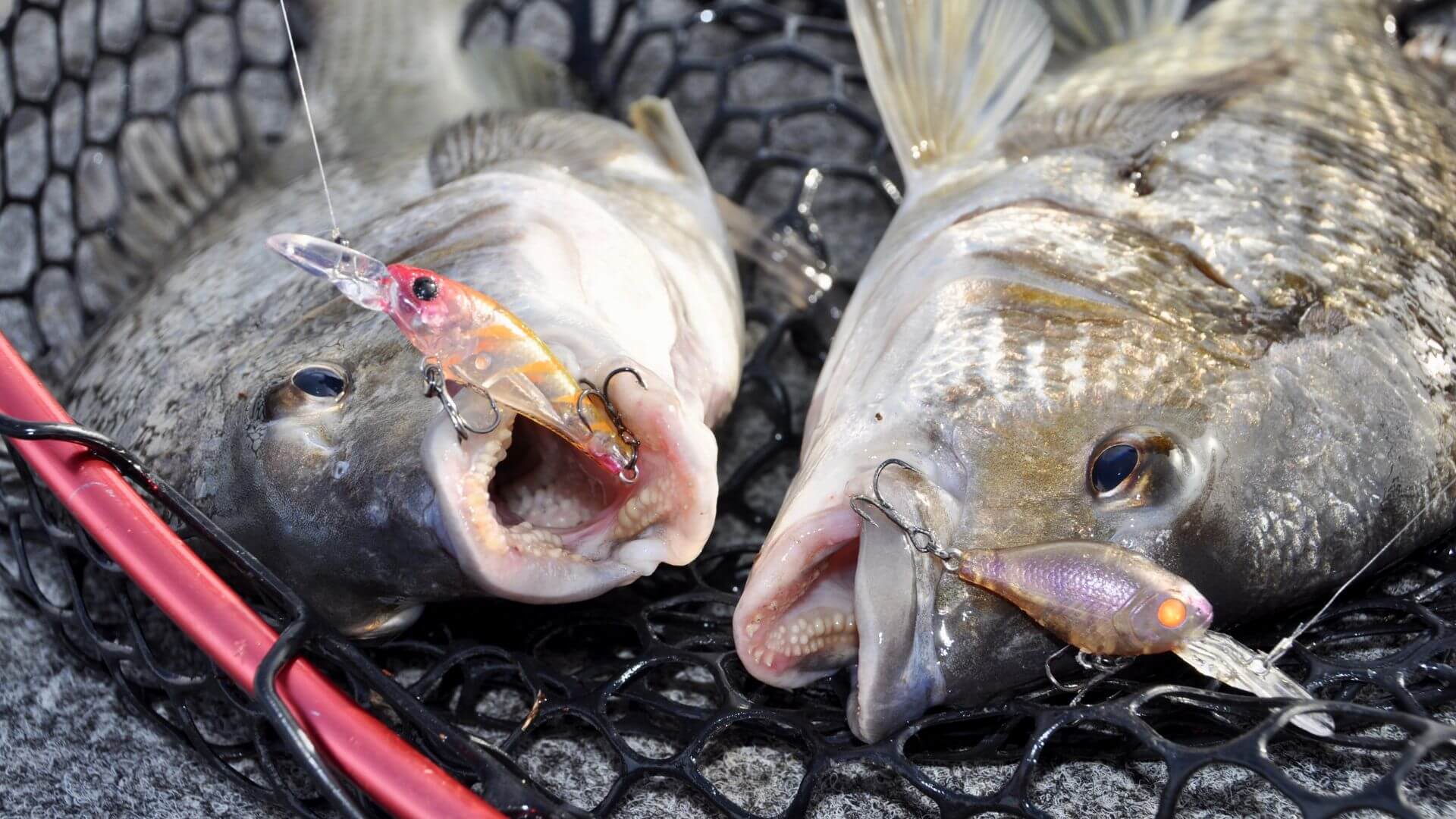
Spin rods suitable for light-tackle estuary work with hard-body lures range from about 6'8" to 7'2" in length and 1-3kg or 2-4kg in terms of line class. Generally speaking, longer blanks provide extra casting distance, while shorter rods enable greater accuracy and control. A 2000-3000 size threadline reel spooled with braid, say no heavier than 6lb breaking strain, connected a rod length of fluorocarbon leader material of about the same strength, is the way to go. In clear conditions, it's often worth trialling a longer, finer length of leader material, particularly if bites are difficult to entice. Personally, I begin most sessions with 4lb mainline and about two rod-lengths of 4lb Berkley Vanish fluorocarbon leader.
When prospecting heavy cover for snag-dwelling bream and estuary perch, or whenever larger-than-average dusky flathead are expected, greater insurance is necessary. Split ring tweezers and a spare supply of replacement treble hooks in a range of sizes are essential. Long nose pliers are also vital for the safe removal of tiny trebles once a fish is in the net. Lastly, I always apply a thin layer of fish-attracting scent over hard-body lures, including surface offerings, which seems to improve hook up rates, particularly when fish are cautious or perhaps not actively feeding.
Bibbed Minnows
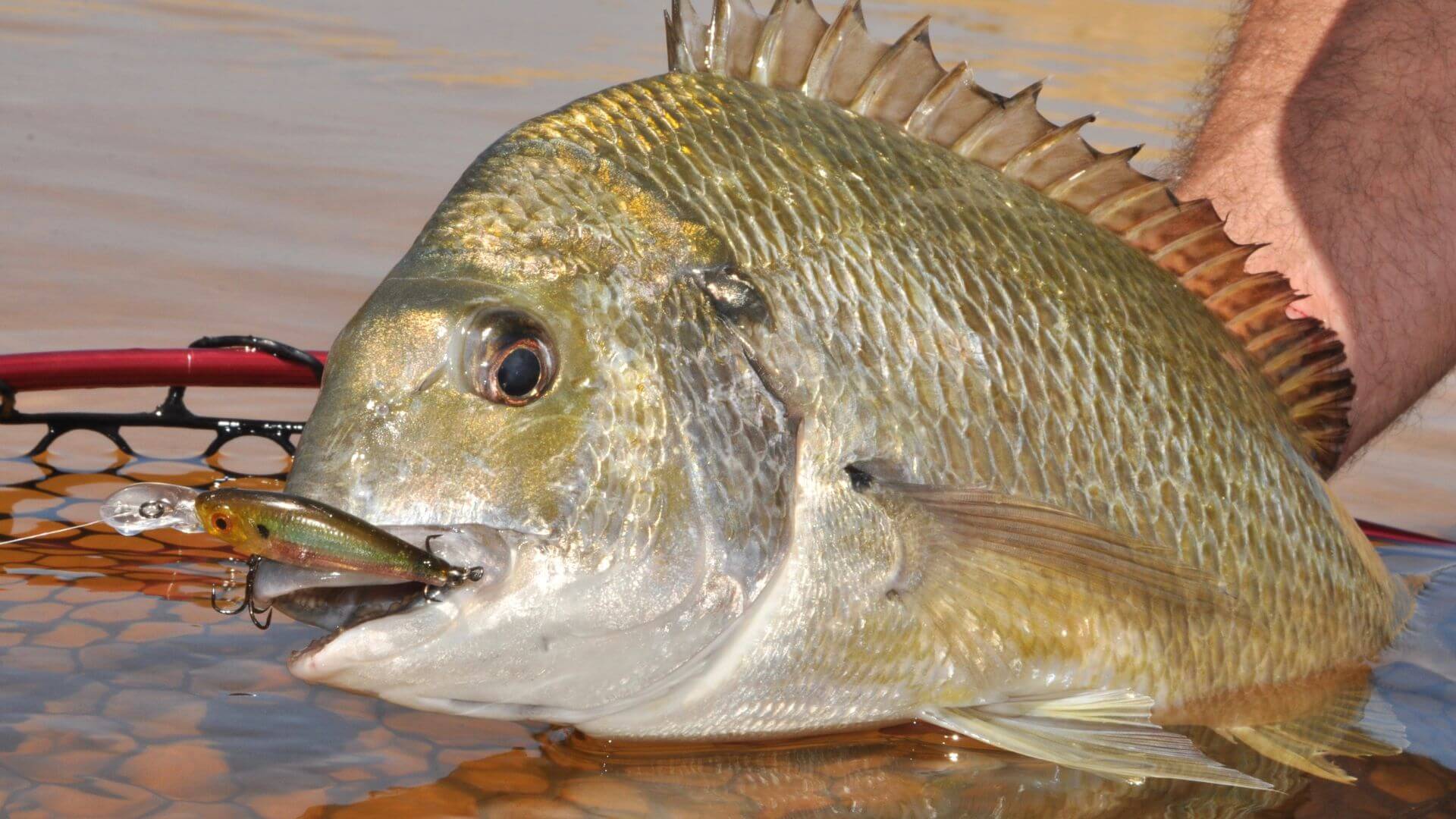
A relatively small diving bibbed minnow, of say 40-45mm in length, is a highly versatile tool, capable of prospecting snags, oyster leases, moored yachts, channel markers, rocky edges, as well as wide open shallow flats. Southern black bream respond well to an erratic, twitchy retrieve, but before even making a cast, it's well worth testing a new lure beside the boat or at the water's edge. Watch how it swims and reacts whilst moved both fast and slow through the water. Observe what happens when it's paused, i.e. whether it sinks, floats or suspends and importantly, how it reacts when flicking the rod tip to impart action, and try to be mindful of these observations once we start fishing. OK, now we're ready to catch a few. Cast long on the flats or in tight at structure, engage the reel and sweep the rod tip back (level with the surface) to swim the lure down to its optimum running depth (0.8 - 1.2m), and stop winding.
From here, flick the rod tip a few times to bring the lure to life, pause for a few seconds to suspend all forward motion, take up any slack line, and repeat the process. This should have the lure darting about left and right, much the same as a wounded baitfish or prawn on its last legs. Hits generally occur when the retrieve is momentarily paused and the lure stationary or suspended below the surface. Eastern yellow-fin bream generally prefer a more continuous steady paced roll, but will also react to a twitch and pause retrieve. When an enquiry transfers through the rod tip (usually by way of a subtle pluck or tapping sensation), simply continue winding until the sticky trebles take hold. Once connected, apply some pressure to ensure the hooks set securely…and hang on!
Crank Baits
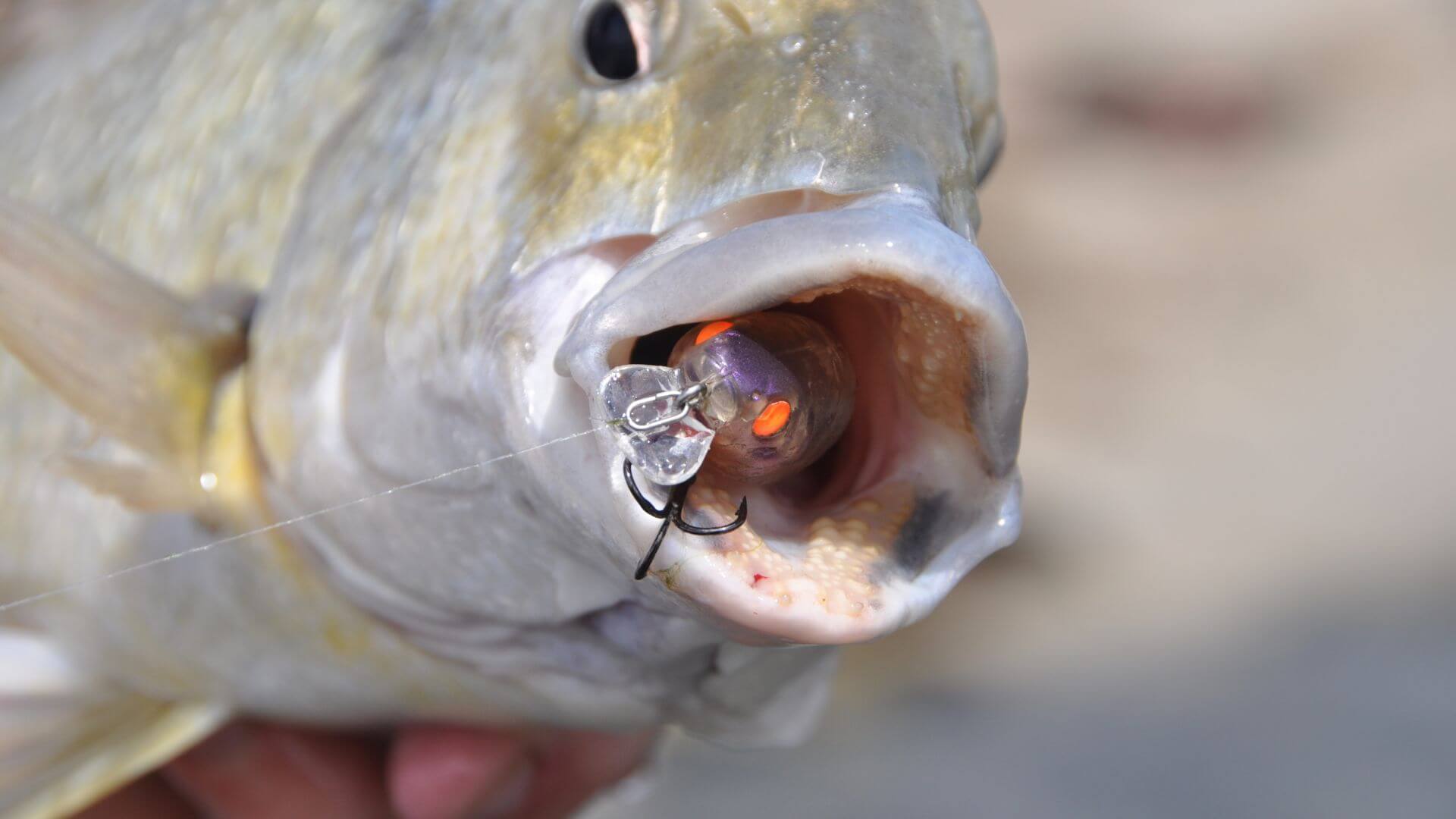
A slight variation on a standard bibbed minnow is the diving crankbait, which are available in both shallow and deep diving options. These lures feature a shorter, more rounded body, which is wider and deeper than a standard minnow design, thus increasing its buoyancy. This allows them to be floated up over submerged structure, such as weed beds and timbered-snags. Crankbaits perform best when slow-rolled, but can also tolerate the occasional subtle twitch of the rod tip for imparting additional action.
Surface Lures
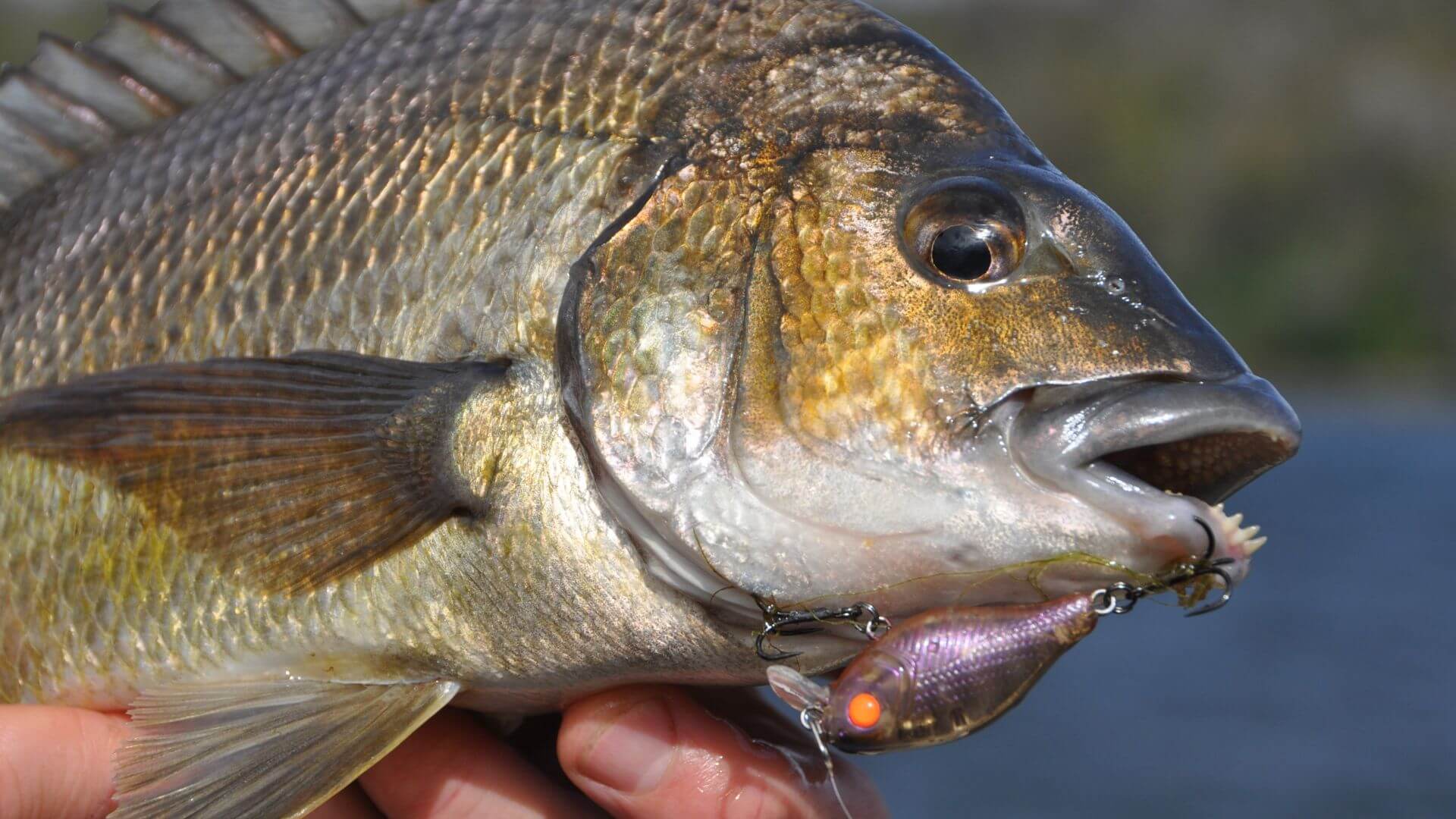
An entire article could easily be dedicated to surface lures alone. To my mind, watching a prawn imitation being shadowed and snatched by a big bream or flathead in less than a meter of water, is about as good as it gets for light-tackle southern estuary anglers. Hearing the splashes, slurping and popping sounds amplifies the experience, resulting in further engagement and excitement. In short, we have three basic topwater patterns available, i.e. poppers, walk-baits and hybrids. In general, smaller cup-faced poppers, which displace some water and create a disturbance, are better suited when there's a breeze to ruffle the surface, while the side-to-side swaying action of a well-presented walk-bait provides a more subtle option for calm conditions.
The latest innovation is a hybrid design, which comprises a prawn imitation that can be both popped or walked to suit the conditions on any given day. Once again, a pause in the retrieve often brings about a hook-up from shy followers. Another trick is to speed up the retrieve so the lure looks as though it might be getting away, which can turn a casual follow into an aggressive strike.
Bountiful By-catch
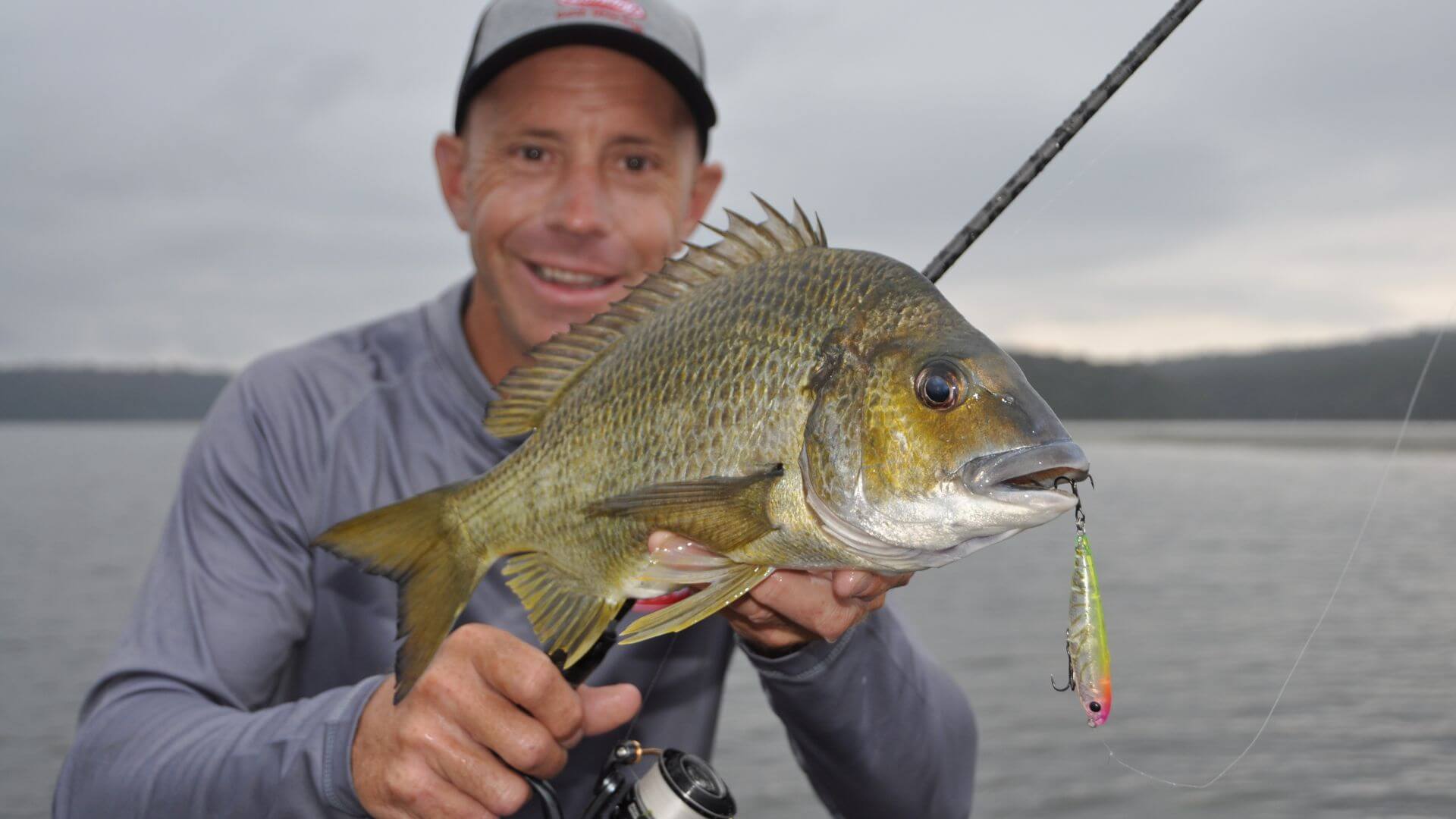
Chasing bream on light spin tackle can inevitably lead to some impressive by-catch with a range of species often willing to intercept various hard-body lures. In most instances, not a great deal has to change, although there are a few things we can do to increase the chances of adding some variety to our catch. For instance, when specifically targeting dusky flathead, regularly making contact with the bottom will trigger more consistent action. Another tip is to prospect the edge of draining flats during the last few hours of the run-out tide.
Estuary perch can be found holding tight up against natural forms of structure such as fallen timber, undercut banks, over hanging foliage, reed beds or rocky shorelines. Repetitive casts at the same snag, a faster more aggressive retrieve and sometimes a longer pause of the lure are just some of the methods used to induce a strike. Interestingly, despite their enigmatic reputation, when actively feeding at dawn and dusk, perch can be even more willing and easier to tempt than bream!
Hot Tips
- Purchase a purpose-built spin outfit.
- Test lures at the waters-edge before casting.
- Slow the retrieve down and remember to pause the lure.
Find All Your Estuary Fishing Needs At Anaconda
We all love finding a great fishing spot, and Estuaries offer plenty of awesome opportunities to catch some of the biggest fish around - as long as you are prepared. Apart from the great tips outlined above, make sure you have all the fishing equipment you need including fishing rods, reels, bait, hooks, boats and so much more. For more great fishing tips and destinations, check out our Adventure Centre for some great fishing conten such as: